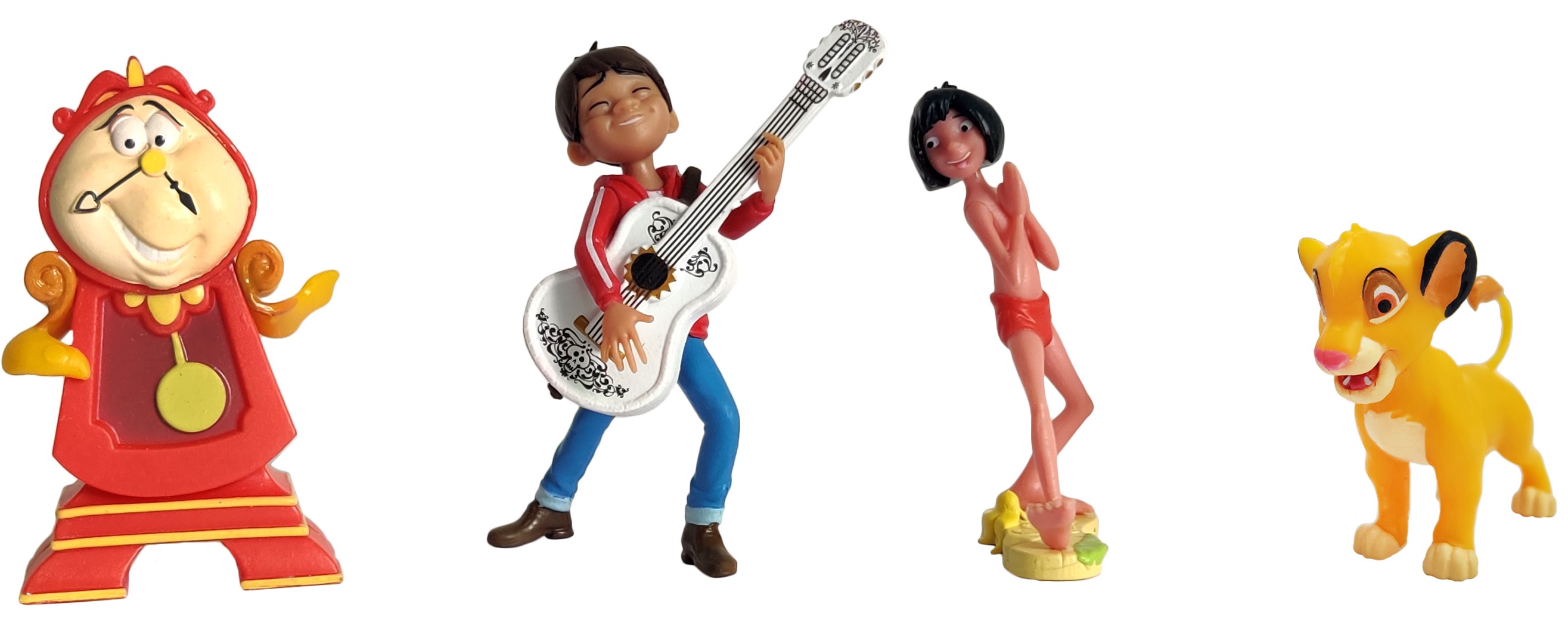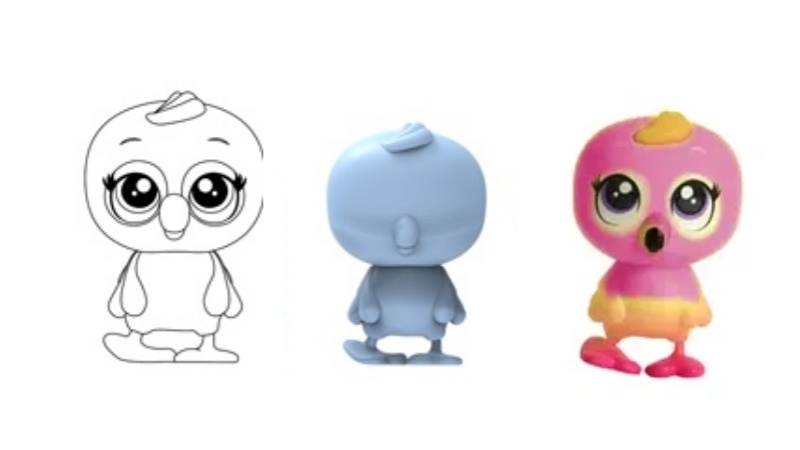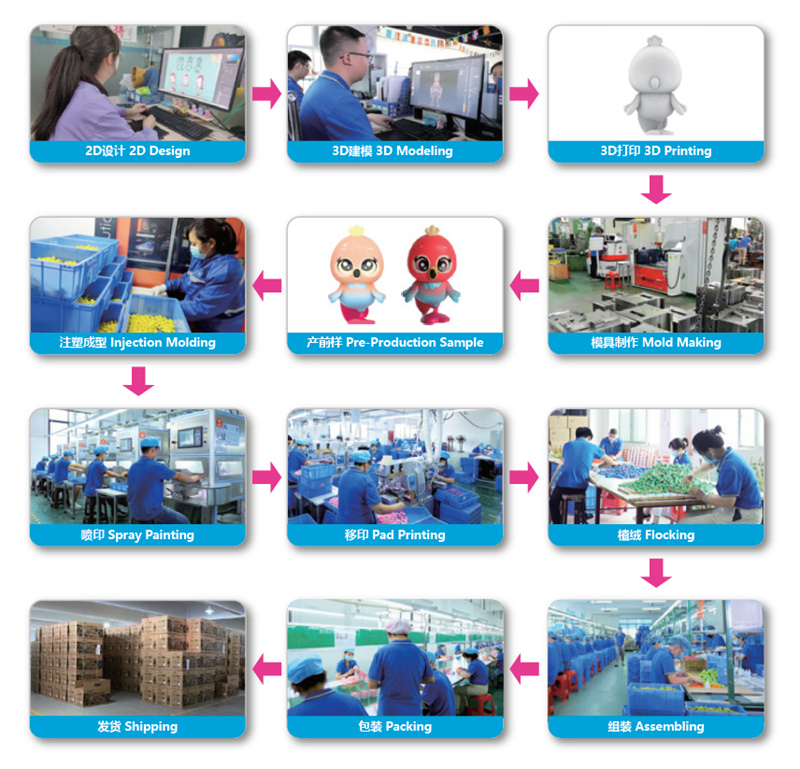Ever thought about turning that cool toy idea bouncing around in your head into a real product that kids (and adults) can't stop playing with? You're not alone! Many entrepreneurs dream of creating a toy to sell, but the path to turning that dream into reality can be tricky. From concept to production, it's a journey that involves creativity, planning, and a whole lot of work.
But don't worry. I've got your back! Whether you're imagining a quirky new plushie, a tech-powered action figure, or an eco-friendly educational toy, this guide will take you through all the steps you need to know to create a toy that's ready for the market. Let's dive in and turn that toy idea into something amazing!

Step 1: Develop Your Toy Idea
Before you can start making toys, you need a solid idea. This might seem obvious, but it's the foundation of everything. Start by asking yourself:
What kind of toy are you creating?
Is it educational? Fun? A collector's item?
Who's it for: kids, collectors, or maybe both?
Once you have a general idea, it's time for some serious research. Check out existing toys in stores and online. What's trending? Is there a niche you can fill? Do some market research to see if your idea stands out and has the potential to sell. Don't forget to consider safety regulations and age-appropriate designs. These are essential for making your toy both marketable and safe.
Step 2: Know Your Target Audience
Understanding who you're designing for is just as important as the toy itself. Kids' toys are obviously geared toward children, but adults love toys too. Think about collectors or tech enthusiasts.
Is your toy for toddlers, school-age children, or maybe nostalgic adults who want to relive their childhood? Figuring this out helps guide your toy's design and features. For example, if you're designing an action figure for collectors, you'll need intricate details and packaging that appeals to adult fans. But if it's a toy for young kids, it's all about durability, safety, and engagement.
Step 3: Bring Your Idea to Life with Design
Now, it's time to get creative! You've got the concept, and the target audience, and you're ready to design. Start with simple sketches, and rough outlines of how your toy will look, the colors, and the features it'll have. This is the time to play with shapes, sizes, and details.
Once you've nailed down the design, take it to the next level with 3D modeling. You can use tools like Zbrush or hire a professional designer to make a 3D version. This helps you see what the toy will actually look like in real life. Think of it like turning your doodle into a digital model, ready for the world to see!

Step 4: Create a Prototype
Designs are great, but now it's time to make your toy real. A prototype is an essential step because it allows you to test the toy's functionality and appeal before you go all in on mass production.
This is where you'll see your toy come to life in 3D form, using materials like resin, silicone, or even fabric for plush toys. If you're using a factory for production, they'll take your prototype and turn it into molds that can produce the final toy in bulk. It's also a great chance to check if your toy is fun, safe, and durable!

Step 5: Find a Manufacturer
Once your prototype is ready and you're happy with how it looks and works, the next step is mass production. Finding the right manufacturer can be a game-changer. Whether you’re looking locally or internationally, do your research to find a reliable partner. You’ll want a manufacturer that has experience with the type of toy you're creating and offers high-quality production standards.
China, for example, is home to many toy factories with years of experience in mass production. If you're outsourcing overseas, make sure to visit the factory or at least get plenty of reviews from other businesses who have worked with them. Communication is key here!
Let Weijun Toys Be Your Toy Figure Manufacturer
√ 2 Modern Factories
√ 30 Years of Toy Manufacturing Expertise
√ 200+ Cutting-Edge Machines Plus 3 Well-Equipped Testing Laboratories
√ 560+ Skilled Workers, Engineers, Designers, and Marketing Professionals
√ One-Stop Customization Solutions
√ Quality Assurance: Able to Pass EN71-1,-2,-3 and More Tests
√ Competitive Prices and On-Time Delivery
Step 6: Focus on Packaging and Branding
Packaging does more than protect your toy, it's also a huge marketing tool. When your toy hits store shelves or arrives at someone's door, the first thing they'll notice is the packaging. Make sure it stands out with bold colors, an appealing design, and clear information about the toy. Besides, you can also consider mystery packaging, such as blind boxes, blind bags, surprising eggs, or capsules. These packaging types will make your toys feel more exciting and collectible, encouraging repeat purchases and building anticipation.
Branding is another essential part of packaging. Create a memorable logo and tagline that represents your toy and its values. For example, if your toy is eco-friendly, make sure to highlight that with a green, sustainable package. Make it something people will want to display on their shelves!
Step 7: Market and Promote Your Toy
Once the toy is ready for the world, you need to get the word out! Start by creating a buzz on social media, such as Instagram, Facebook, and YouTube are great platforms for promoting toys, especially if you're sharing fun unboxing videos or sneak peeks.
You can also look into crowdfunding platforms like Kickstarter if you need help funding the first batch of production. Be prepared for a marketing blitz and keep up the excitement! Engage with fans, offer limited editions, and get your toy into the hands of influencers to build a fan base.
Step 8: Distribute and Sell Your Toy
Now for the fun part: selling your toy! You have a few options here: sell online through platforms like Amazon, Etsy, or Shopify, or get your toys into brick-and-mortar stores. Consider starting with smaller stores or niche retailers that specialize in unique, handmade, or collector toys.
If you're selling online, make sure your website is user-friendly, with easy navigation and clear product descriptions. Also, think about shipping logistics and pricing to ensure a smooth customer experience.
Step 9: Gather Feedback and Improve
Once your toy is on the market, take time to listen to your customers. Are they loving it? Is there anything they think could be improved? Customer feedback is invaluable for refining your product and building loyalty. And if your toy is a hit, you can start planning new versions, add-ons, or even a whole toy line!
Wrap Up
Turning your toy idea into a product that sells is no small feat, but with creativity, patience, and a little bit of hustle, it's totally doable! By following these steps, you'll be on your way to creating a toy that could make kids (and adults) everywhere smile. So, grab that sketchbook, start dreaming, and who knows? Your toy might just be the next big thing!
Ready to Make Your Toy Products?
Weijun Toys specializes in OEM & ODM toy manufacturing, helping brands create custom high-quality collectible figures.
Contact us today. Our team will give you a detailed and free quote ASAP.
Let's get started!









